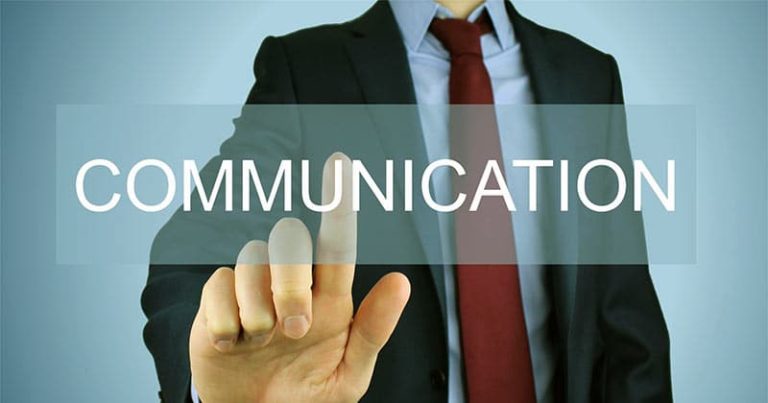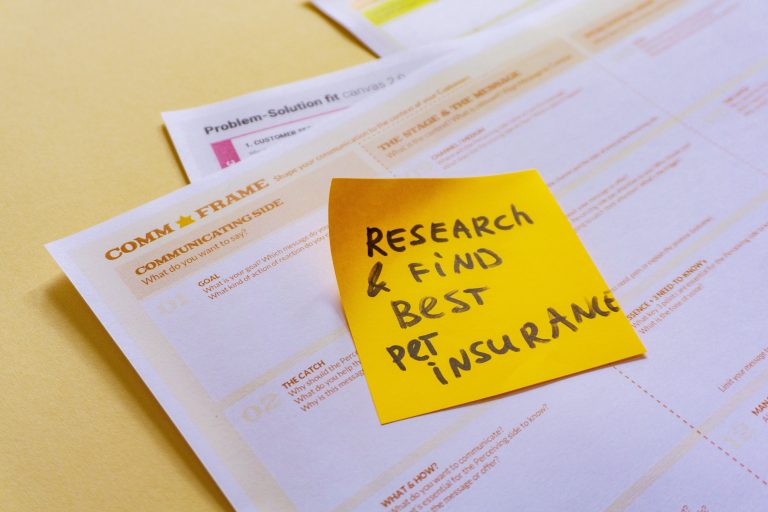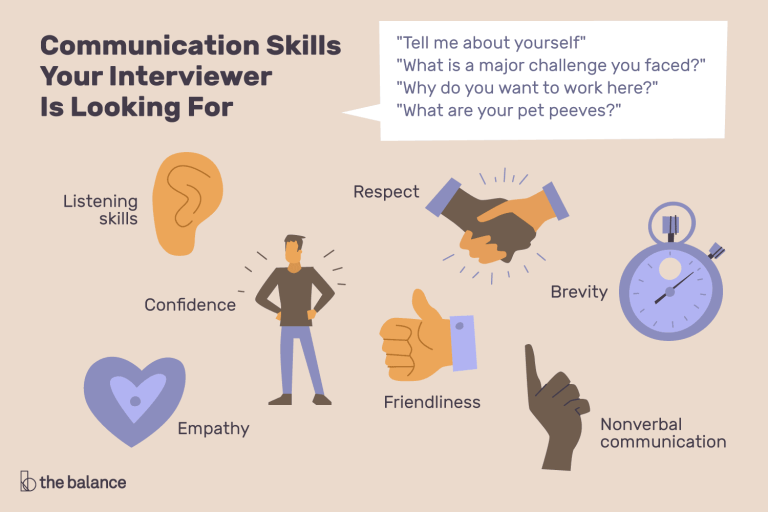How to Communicate With Your Young Child Effectively?
Communicating effectively with your young child involves using simple words, active listening, and nonverbal cues. Effective communication with your young child is crucial for their development.
By using simple words, actively listening to them, and using nonverbal cues, you can effectively communicate with your child. This helps them to understand and express themselves better, fostering a strong parent-child bond. Additionally, effective communication promotes cognitive and social-emotional development, builds their confidence, and reduces behavioral issues.
By following a few strategies like getting down to their eye level, maintaining eye contact, and using facial expressions and gestures, you can create a positive and open communication environment with your young child. This article will discuss various techniques and tips on how to communicate effectively with your little one, ensuring a nurturing and supportive relationship.

Credit: raisingchildren.net.au
Understanding Your Young Child
Learn effective communication strategies to connect with your young child in this insightful article. Discover practical tips and techniques to understand their needs and build a stronger relationship, fostering healthy development and open dialogue.
Understanding Your Young Child: Children go through various developmental stages, each filled with its own set of challenges and triumphs. As a parent or caregiver, it is crucial to understand these stages and adapt your communication accordingly. By being aware of your young child’s cognitive abilities and providing age-appropriate interactions, you can foster effective communication and strengthen your bond. Developmental Stages: 1. Infancy (0-12 months): – Infants rely primarily on nonverbal communication, such as crying, cooing, and gestures. – Establish a consistent routine to help them feel secure and develop a sense of trust. – Respond promptly to their needs and engage in gentle physical touch, which promotes bonding. 2. Toddlerhood (1-3 years): – Toddlers begin to use words and simple sentences to express their needs and wants. – Encourage their vocabulary expansion by narrating their experiences and labeling objects. – Listen attentively to their attempts at communication and respond with enthusiasm and affirmation. 3. Preschool Age (3-5 years): – Preschoolers have an increased vocabulary and are able to engage in simple conversations. – Encourage their curiosity by asking open-ended questions and offering explanations in simple terms. – Use visual cues, such as pictures or gestures, to support their understanding of concepts and ideas. Cognitive Abilities: 1. Memory Development: – Young children have limited memory capacity. Repeat and reinforce important information to aid retention. – Utilize games and repetition to enhance their memory skills while making learning enjoyable. 2. Egocentrism: – Understand that young children have difficulty empathizing with others’ perspectives. – Encourage empathy by highlighting and discussing different viewpoints during daily interactions. 3. Concrete Thinking: – Young children tend to think in literal terms, struggling with abstract concepts. – Use concrete examples and real-life situations to explain complex ideas, making them easier to grasp. In conclusion, understanding your young child’s developmental stages and cognitive abilities is essential for effective communication. By tailoring your interactions to their specific needs, you can foster a strong foundation for language development and social connection. Remember, children thrive when they feel understood, valued, and heard.
Credit: www.cceionline.com
Building A Strong Connection
Building a strong connection with your young child is essential for effective communication. When you have a strong connection, your child will feel safe, supported, and more likely to open up and share their thoughts and feelings with you. Here are some strategies to establish and nurture that connection.
Active Listening
To communicate effectively with your young child, it’s crucial to be an active listener. Active listening means giving your child your full attention, maintaining eye contact, and responding with empathy. Here are some tips for practicing active listening:
- When your child is speaking, avoid interrupting or finishing their sentences. Allow them to express themselves fully.
- Repeat back or summarize what your child has said to show that you understand and validate their feelings.
- Ask open-ended questions to encourage your child to elaborate and share more information.
- Avoid distractions like checking your phone or engaging in other activities while your child is talking to you.
Positive Reinforcement
Another important aspect of building a strong connection with your young child is to use positive reinforcement. Positive reinforcement involves acknowledging and praising your child’s efforts and good behavior. Here are some ways to incorporate positive reinforcement into your communication:
- Offer specific compliments and encouragement to let your child know that you appreciate their actions.
- Focus on the positive aspects of your child’s behavior, even if they have made a mistake. This helps to build their self-esteem and encourages them to make better choices in the future.
- Use rewards and incentives to motivate your child and reinforce positive behaviors.
- Avoid criticizing or belittling your child, as this can damage the trusting connection you are trying to build.
By implementing active listening and positive reinforcement techniques, you can create a strong connection with your young child. Remember, effective communication starts with establishing trust and understanding. When your child feels heard and valued, they are more likely to communicate openly with you.
Using Effective Communication Techniques
Effective communication is the key to building a strong bond with your young child. When you communicate in a way that is clear and understandable, you create a foundation for trust and understanding. In this section, we will explore two important techniques to enhance your communication with your child: using clear and simple language, and leveraging nonverbal communication cues.
Clear And Simple Language
When it comes to communicating with young children, it is crucial to use language that they can easily grasp. Using clear and simple language allows your child to understand you better and reduces the chances of miscommunication. Here are a few tips:
- Keep your sentences short and concise.
- Use words that your child is familiar with.
- Avoid using jargon or complex terms.
- Break down tasks or concepts into smaller, manageable steps.
By following these practices, you can ensure that your child understands what you are saying and can respond appropriately.
Nonverbal Communication
Nonverbal communication is a powerful tool when it comes to connecting with your child. It includes gestures, facial expressions, and body language that can convey emotions and messages effectively. Here are a few ways you can leverage nonverbal communication:
- Maintain eye contact with your child while speaking.
- Use facial expressions to convey emotions.
- Use gestures to emphasize key points.
- Be aware of your body language and posture, aiming for an open and approachable stance.
By combining verbal and nonverbal cues, you can enhance the effectiveness of your communication and ensure that your child feels heard and understood.
Encouraging Open-ended Conversations
Building a strong and effective communication foundation with your young child is crucial for their language development and overall relationship. Encouraging open-ended conversations is an excellent way to foster their communication skills and encourage them to express their thoughts and feelings. By asking open-ended questions and actively engaging with your child, you can create meaningful conversations that promote language development and strengthen your bond. Let’s explore some strategies to achieve this!
Asking Open-ended Questions
One effective way to promote open-ended conversations with your child is by asking open-ended questions. Unlike closed-ended questions that elicit short, one-word answers, open-ended questions encourage more elaborate responses and require critical thinking. When asking open-ended questions, try to avoid questions that can be answered with a simple “yes” or “no.” Instead, focus on questions that require your child to reflect and provide detailed answers. For example:
- “What was your favorite part of school today?”
- “How did you solve that problem?”
- “What do you think will happen next in the story?”
These types of questions encourage your child to think beyond the surface level and express their thoughts and opinions. It allows them to share their experiences, ideas, and perspectives, fostering their language skills and creativity.
Active Engagement
Another essential aspect of encouraging open-ended conversations with your child is active engagement. To create a meaningful conversation, actively participate and show genuine interest in their responses. Listen attentively, maintain eye contact, and provide positive feedback to their answers. By actively engaging with your child during conversations, you demonstrate that their opinions and thoughts are valued and encourage them to continue expressing themselves.
Additionally, be patient and give your child enough time to respond. Avoid rushing or interrupting them, as it may discourage them from sharing further. Encourage their curiosity, ask follow-up questions, and build upon their responses to keep the conversation flowing naturally. By actively engaging with your child, you create a safe and open space for communication, building their confidence and strengthening the parent-child connection.
Remember, effective communication is a two-way street. By encouraging open-ended conversations and actively engaging with your child, you promote their language development, critical thinking, and self-expression. Incorporate these strategies into your daily interactions with your child to create meaningful and enriching conversations that will benefit them now and in the future.
Managing Challenges In Communication
Communicating effectively with young children can sometimes be challenging. As a parent or caregiver, you may encounter various obstacles that can hinder effective communication. Two common challenges that parents often face are dealing with temper tantrums and addressing language delays.
Dealing With Temper Tantrums
Temper tantrums are a normal part of a young child’s development and can occur when they are unable to express their needs or emotions effectively. It’s essential to handle these outbursts with patience and understanding. Here are some strategies:
- Stay calm: It’s important to remain composed during a tantrum to show your child that you can handle stressful situations.
- Use simple language: Keep your explanations short and straightforward to help your child understand what is happening and what is expected of them.
- Validate their feelings: Acknowledge your child’s emotions and let them know that it’s okay to feel frustrated or upset. This can help them feel heard and understood.
- Offer choices: Giving your child limited options can help them regain a sense of control and reduce frustration. For example, you could ask if they would like to play with a specific toy or read a certain book.
- Redirect their attention: Try to distract your child with a different activity or toy to help them shift their focus away from the tantrum.
Addressing Language Delays
Language delays can hinder effective communication between you and your young child. If you notice that your child is struggling with language development, here are some steps you can take to address the issue:
- Seek professional guidance: Consult with a speech-language pathologist or pediatrician who can assess your child’s language skills and provide appropriate interventions.
- Create a language-rich environment: Surround your child with books, songs, and engaging activities that promote language development. Encourage conversation and provide opportunities for them to practice their communication skills.
- Simplify your language: Use short and clear sentences, employing gestures and visual aids to support understanding. Avoid using baby talk or overly complex language.
- Engage in interactive play: Play games and engage in activities that encourage your child to communicate, such as role-playing, storytelling, or completing puzzles together. This can help build their vocabulary and language skills.
- Be patient and supportive: It’s important to remain patient and provide positive reinforcement as your child works on improving their language skills. Celebrate their progress and encourage their efforts.
By implementing these strategies and seeking appropriate support, you can effectively manage the challenges that arise in communicating with your young child. Remember, consistent effort and patience can make a significant difference in fostering strong communication skills and strengthening your bond with your child.

Credit: www.unicef.org
Frequently Asked Questions On How To Communicate Effectively With Your Young Child?
How Can I Improve My Communication With Young Children?
Improve communication with young children by using clear and simple language, engaging in face-to-face interactions, listening actively, using visual aids, and providing opportunities for them to express themselves.
What Are 6 General Rules You Should Use When Communicating With Your Child?
When communicating with your child, follow these 6 general rules: 1. Use clear and concise sentences, keeping them under 20 words each. 2. Write in a way that is easy for the reader to understand and avoids plagiarism. 3. Avoid starting sentences with certain phrases and do not use passive voice.
4. Ensure your writing passes AI detection and sounds human-like. 5. Stay within a 50-word limit for your answer.
What Are 6 Strategies To Remember When Communicating With Children?
Here are 6 strategies for effective communication with children: 1. Use simple and age-appropriate language. 2. Maintain eye level to establish connection and show respect. 3. Listen actively and encourage them to express themselves. 4. Be patient and give them time to respond.
5. Use visual aids or props to enhance understanding. 6. Give clear instructions and provide positive feedback.
What Is A Common Mistake Parents Make When Communicating With Their Children?
A common mistake parents make when communicating with their children is not actively listening, leading to misunderstandings.
Faq 1: How Can I Improve Communication With My Young Child?
To improve communication with your young child, engage in active listening, use simple language, and give them your undivided attention during conversations.
Conclusion
Effective communication with your young child is vital for their overall development and building a strong parent-child bond. By using simple and concise words, actively listening, and maintaining a positive tone, you can create a nurturing environment where your child feels understood and valued.
Remember to be patient, consistent, and practice these communication strategies consistently. Empower your child’s voice, and watch them thrive!




